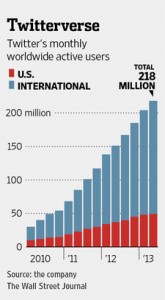Ethics on Ryanair Fundraising
After reading Arnold’s blog entry about Ryanair’s new marketing technique to fund raise for the Teenage Cancer Trust, I want to discuss the ethics behind the marketing gimmick.
The 2014 calender shows 12 Ryanair Hostesses in bikinis and is used for fund raising purposes for a good cause. However, the pictures are demeaning to women and for a cause strikes a cord with the public, especially those that have lost relatives to cancer, seems demeaning to women, especially women who work at Ryanair. I personally think that Ryanair should find a more suitable way of fund raising money rather than using a method that is doing more harm than good.
Ryanair has never been known as a high class, respected airline and this is clearly demonstrated by their choice of calender pictures. But is it morally right to use young, possibly teenage girls in revealing swimwear to raise money? Although I don’t deny this is for a good cause, I can’t help but suspect Ryanair’s motive behind these calenders. Is it really to raise money and awareness for teenage cancer or is it just to advertise their airline services?




